While a movie by the same name is my favorite but in no way, I am justifying the war.
Russia is vast. It is unimaginably massive. It is 11 time zones long and has a 36000km long coastline and 17 million square km in area. Then, why does it still fear losing support of Ukraine and desire it’s landmass so badly? The answer is ‘Geography’
Even though Russia has a long coast, its entire length is far high up in Northern hemisphere. Hence the waters are not warm throughout the year. The coast freezes for close to half the year and that means they can’t have good ports there and trade and commerce is affected.
And for trade, you need a warm water port. Where trade can happen all year and connecting to rest of the world. Here comes the answer
UKRAINE
Ukraine has a coast along the Black Sea and connects to the Mediterranean which opens up the entire world. Hence, Russia is obsessed with Ukraine.
After the collapse of the USSR, the Uzbek, Kazhakh etc fell along with the Russians. But the countries close to Europe – Romania, Lithuania etc fell with the west and NATO. Ukraine got caught in the middle. Eastern part of Ukraine supported Russia & the west with EU.
And Ukraine had Sevastapol, a warm water port in the region of Crimea (the small part that bulges out in the south). Russia had a lease to use this warm water port & run its ships for trade. But if Ukraine went into EU or NATO, there was the risk of losing this port.
Russia still had to cross the Bosphorus channel controlled by Turkey, a NATO member, to reach the Mediterranean. Turkey allows Russian trade vessels in good faith but can stop anytime to pressure Russia.
So, even more reason for Russia to not let Ukraine go also to the west.
Ukraine has always juggled their interests with the EU & with Russia. In 2013, when it looked like they were going for EU membership, Putin had to take an action. He moved & annexed Crimea and took the port for himself.
Ukraine dropped the EU plan, but it had already lost Crimea
Putin actually gave an interview after annexing Crimea and said this
‘If you compress the spring all the way to it’s limit, it will snap back hard. You must always remember this’
Now fast forward to 2021. Ukraine is fancying itself a NATO membership. If given, US can plan to cut off Russia from its trade using Ukraine, Romania and Turkey.
Action: Spring is too compressed. Reaction: It snaps back hard.
Putin has made up a story of Russians facing Genocide and invaded Ukraine to save them. Whether the EU or NATO will come to help is anyone’s guess.
More likely that the spring will complete its reaction.
With the rapid deterioration of the Russia/Ukraine situation, you’re going to hear a lot about SWIFT in the coming days…
SWIFT is short for the Society for Worldwide Interbank Financial Telecommunications.
It’s a global cooperative of financial institutions based in Belgium. It was formed in 1973 when 239 banks from 15 countries came together to establish a way to handle cross-border payments. Today, SWIFT connects more than 11,000 financial institutions across 200+ countries.
Think of it like a simple email system enabling secure messages across its members. An average of 40 million messages a day—including orders, payment confirmations, FX exchanges, and trades.
SWIFT doesn’t actually do any transfer or holding of funds, but it’s an critical part of the communication infrastructure that enables cross-border money flows. It’s a key part of the global financial system’s plumbing, if you will. So why is it in the spotlight right now?
While not a political organization, it’s importance to global flows means SWIFT is often looked at as a geopolitical tool as part of sanctions packages. Cutting off a nation’s banks from SWIFT access restricts flows into and out of that nation, resulting in real economic pain.
This happened in 2012 with the sanctions package on Iran in retaliation for it’s nuclear program.
It was looked at in 2013-14 in response to Russia’s actions in Crimea. Cutting off SWIFT access is viewed as a VERY significant move, so the consideration alone is material. With Russia’s most recent actions in Ukraine, cutting off SWIFT access is very much “on the table” as part of a sweeping sanctions package.
The challenge is that it is a real double-edged sword.
Russia is a massive economy with tentacles that reach all around the world. It is a key energy supplier to Europe and the world. It is an exporter of materials critical to the manufacturing of jet engines, semiconductors, automotive, electronics, and fertilizers.
Cutting off Russia from SWIFT would impact the flow of payments for these industries. A cutoff from SWIFT may also have longer-term second-order effects on Bitcoin and non-fiat currencies.
The base logic: Russia may seek to circumvent the impact of the restrictions via a combination of its in-house system and a push away from the USD-reserve currency hegemony.
Whatever happens in the coming days, there will be a lot of talk about SWIFT and its role in the response to Russia’s actions.
In the meantime, we can pray for the lives on both sides of borders who are going to pay for this war with life of someone very close to them.
Write-up By :
Prof. Devesh Awasthi
Assistant Professor










